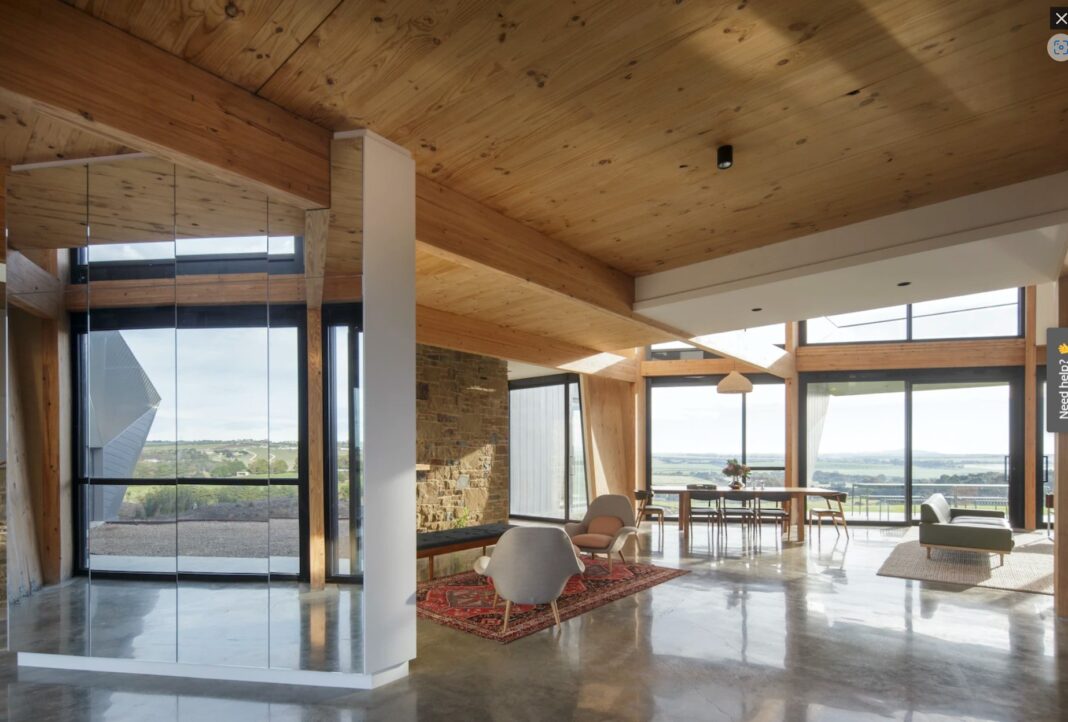National experts in timber framing convened in Melbourne at a gathering of the Technical Timber Advisory Group (T-TAG). The objective was to spur the progression of timber-framed buildings to adapt to modern requirements.
In total, 30 stakeholders from across Australia participated in the meeting, facilitated by the Timber Development Association and Wood Products Victoria with support from Forest and Wood Products Australia.
The meeting focused on what is needed to advance timber framing as the preferred building system.

Participants noted that timber framing design had stagnated, remaining virtually unchanged for the past half-century. The last significant shift in construction and design practices occurred in response to Cyclone Tracy, which laid waste to Darwin.
There was collective support to look at what future timber framing might look like. A key focus of discussion revolved around transitioning timber framing design processes from traditional paper-based systems to digital platforms.
The meeting also considered expanding the prescriptive building regulatory solutions beyond housing. It was noted that many house-size buildings are constructed across Australia that aren’t houses, providing an opportunity for more take-up of timber framing.

In addition, houses have changed during this period; they are now taller, wider, and longer, in many cases, and now beyond prescriptive building standards and regulations.
Achieving these goals does not necessarily require extensive research, the group acknowledged. A wealth of knowledge already exists, derived from past and ongoing research as well as from other countries rich in timber-framed structures.
The meeting concluded with a call to action: there is an urgent need to implement this knowledge and make it usable and accessible to the construction industry via its acceptance into building regulations.
To this end, it was agreed to consider forming a mechanism to take this initiative forward. The goal is to advance timber framing ahead of competitive materials – a positive step towards creating better and more sustainable buildings.






